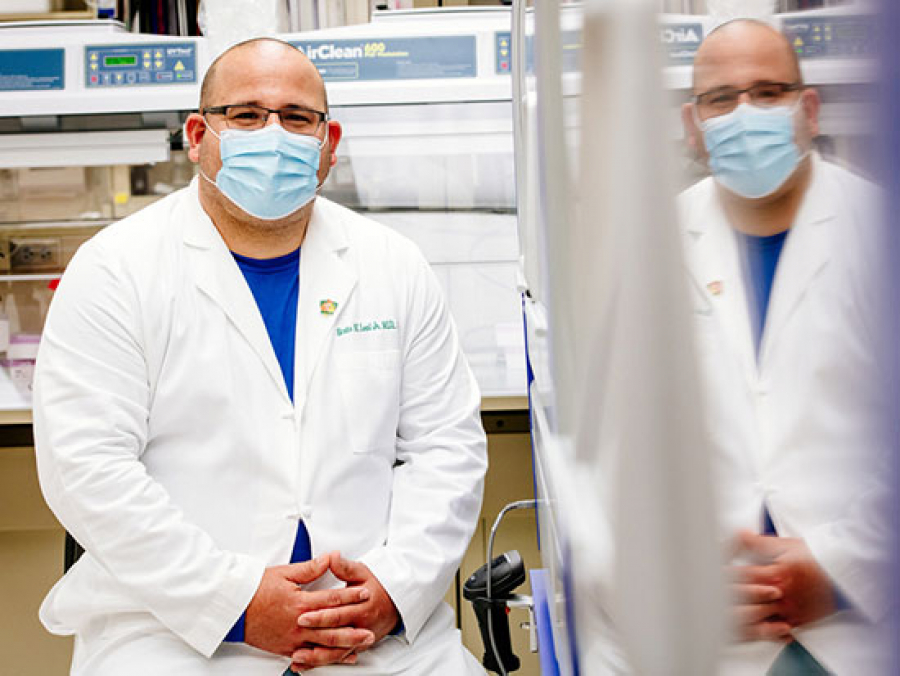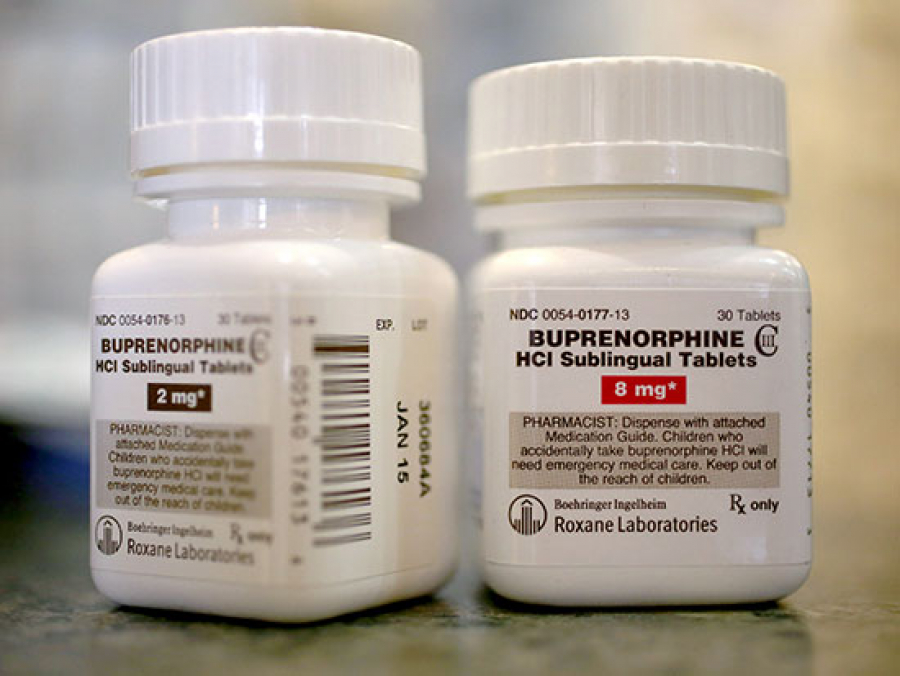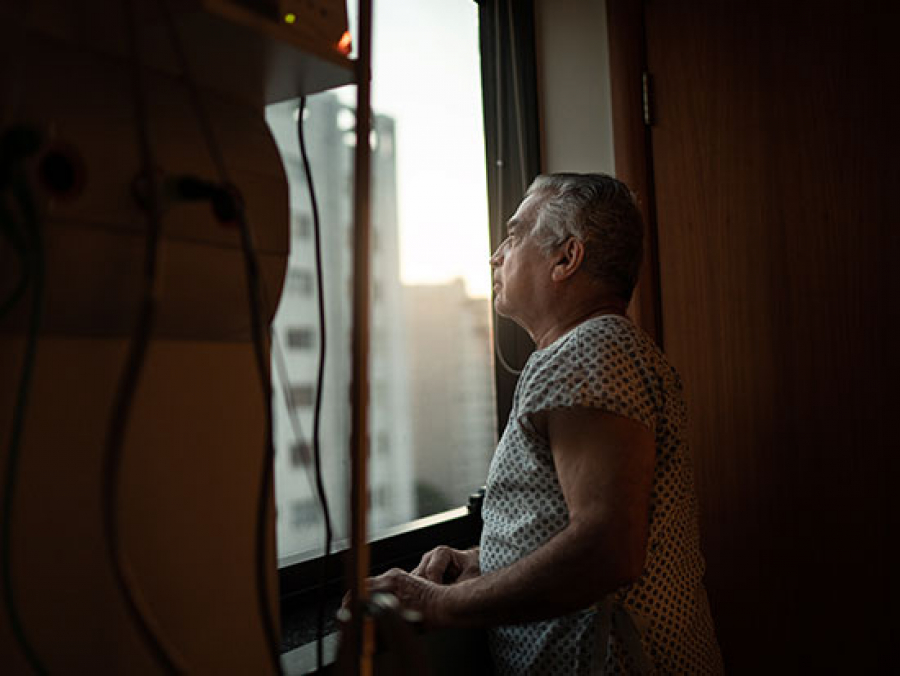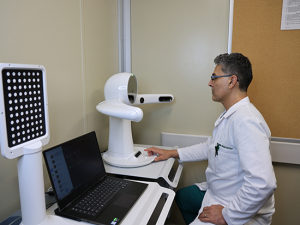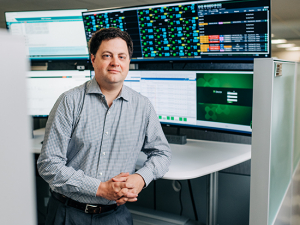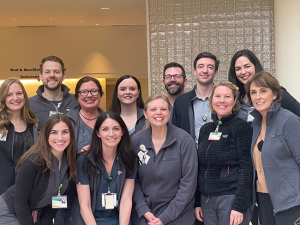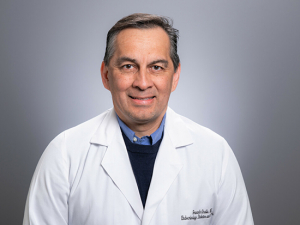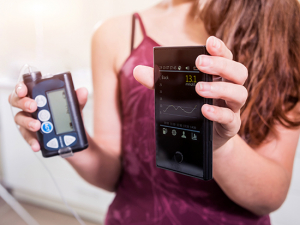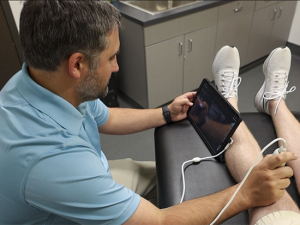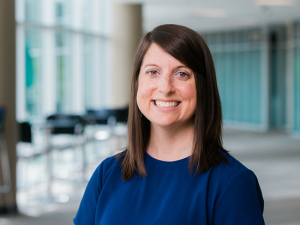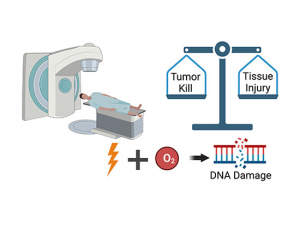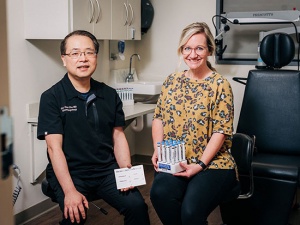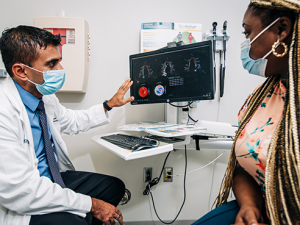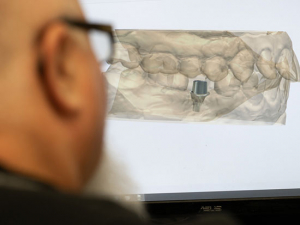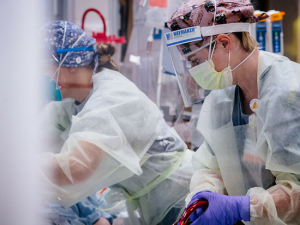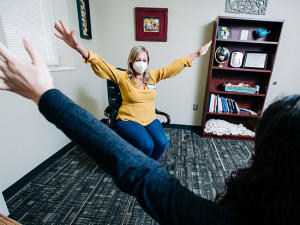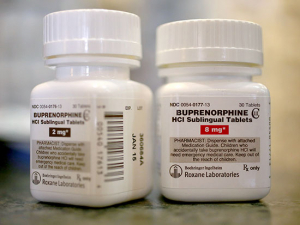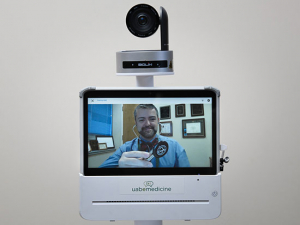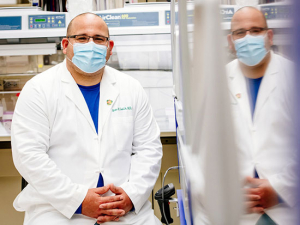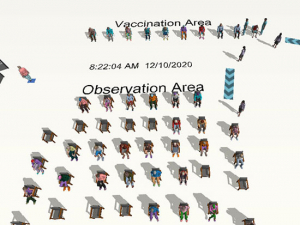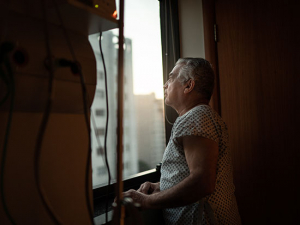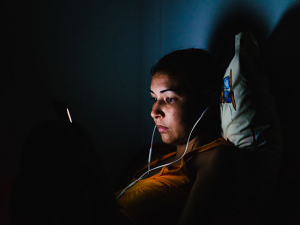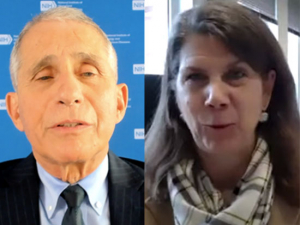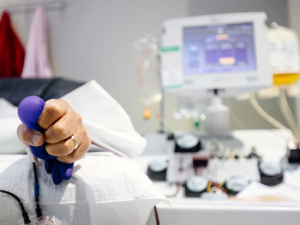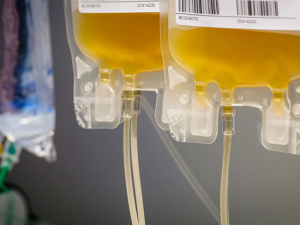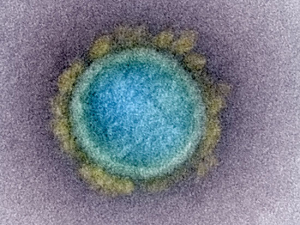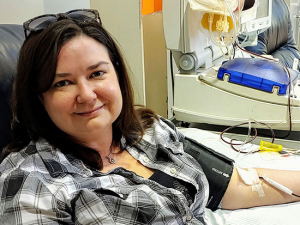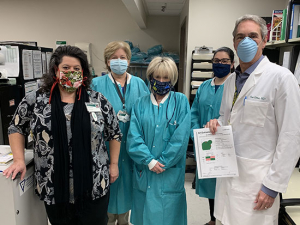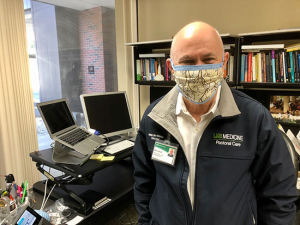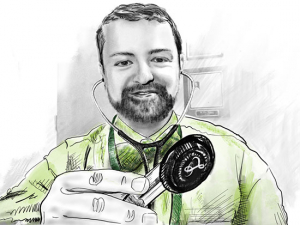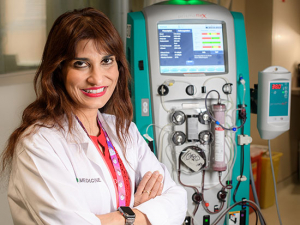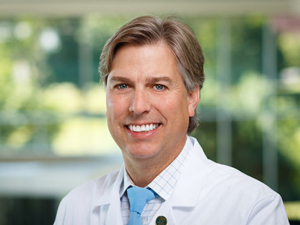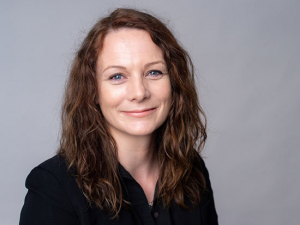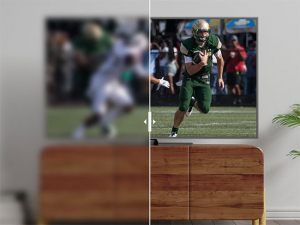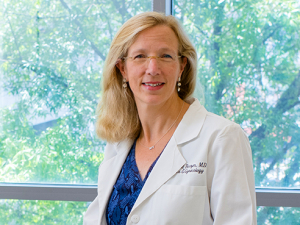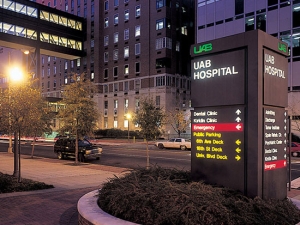Lung cancer is the leading cause of cancer deaths in the United States, causing more deaths than breast, colon and prostate cancer combined, and UAB is the first hospital in Birmingham to offer low-dose radiation computed tomography scans (CT scans) for early detection of lung cancer, following a landmark study that indicated CT scans could help reduce lung cancer deaths.
 The best treatment for lung cancer is surgical removal of cancerous lesions from the lung, and that is only effective if the cancer is found early. However, there has not been a good screening tool for early detection of lung cancer, meaning that for most patients, options for treatment are limited by the time the cancer is discovered.
The best treatment for lung cancer is surgical removal of cancerous lesions from the lung, and that is only effective if the cancer is found early. However, there has not been a good screening tool for early detection of lung cancer, meaning that for most patients, options for treatment are limited by the time the cancer is discovered.
Findings from a large national study conducted by the National Cancer Institute published in 2011 in the New England Journal of Medicine indicated that low-dose radiation CT scans were an effective tool for early detection of lung cancer. The study found a 20 percent reduction in deaths from lung cancer among current or former heavy smokers who were screened with CT versus those screened by chest X-ray.
Cigarette smoking is the major cause of lung cancer.
“We have been searching for a reliable screening method for early detection of lung cancer for years,” said Mark Dransfield, M.D., associate professor in the Division of Pulmonary, Allergy and Critical Care Medicine. “For the appropriate group of patients, CT scans may be a valuable tool to identify lung cancer in its early stages, when treatments are most effective.”
The UAB program, which requires a referral from a primary care physician, has an upfront cost of $250; Medicare and most private insurance plans do not yet pay for CT scans for lung cancer screening.
“We want to ensure that patients speak with their primary care physician and understand the possible benefits and limitations of CT screening,” Dransfield said. “CT screening appears to be appropriate for some patients, but each individual case is different.”
Dransfield said that those who may benefit from a CT scan for lung cancer are heavy smokers (more than 30 pack-years) between the ages of 55 and 74 who currently smoke or who quit less than 15 years ago. A pack-year is defined as smoking one pack a day for one year.
Patients who get a CT scan will receive a written report from the radiologist who reads the scan. A report will also be sent to their primary care physician. The report will describe any abnormalities found in the scan and present specific recommendations for follow up.
“We don’t yet know all that we need to about using CT for early detection of lung cancer,” said Dransfield. “The guidelines about whom to test, how often to test and how to respond to test findings will continue to be refined over time, but CT does appear to be the most reliable method we possess to find lung cancer at an early stage.”
More information on the UAB low-dose CT scan lung cancer screening program is online.
